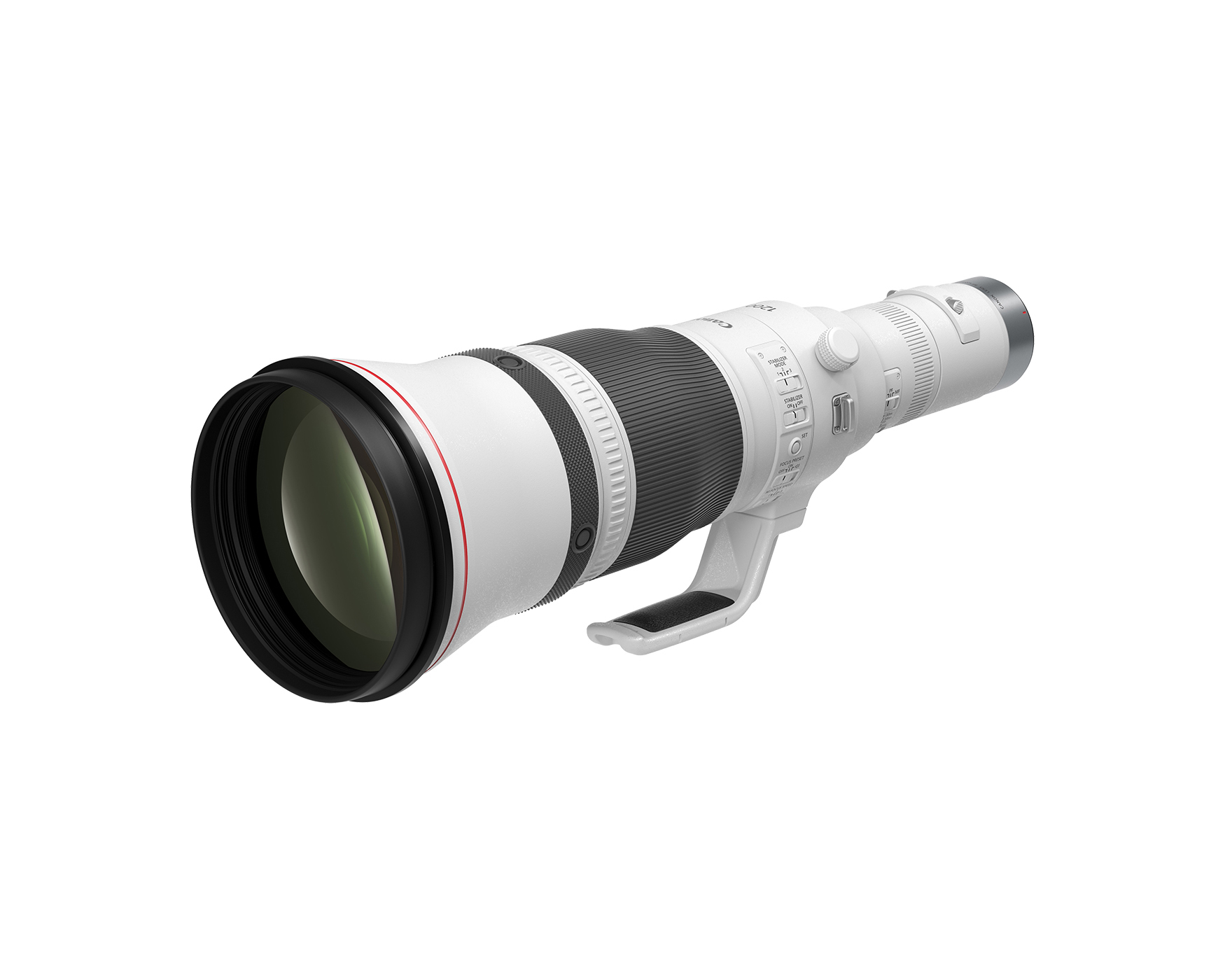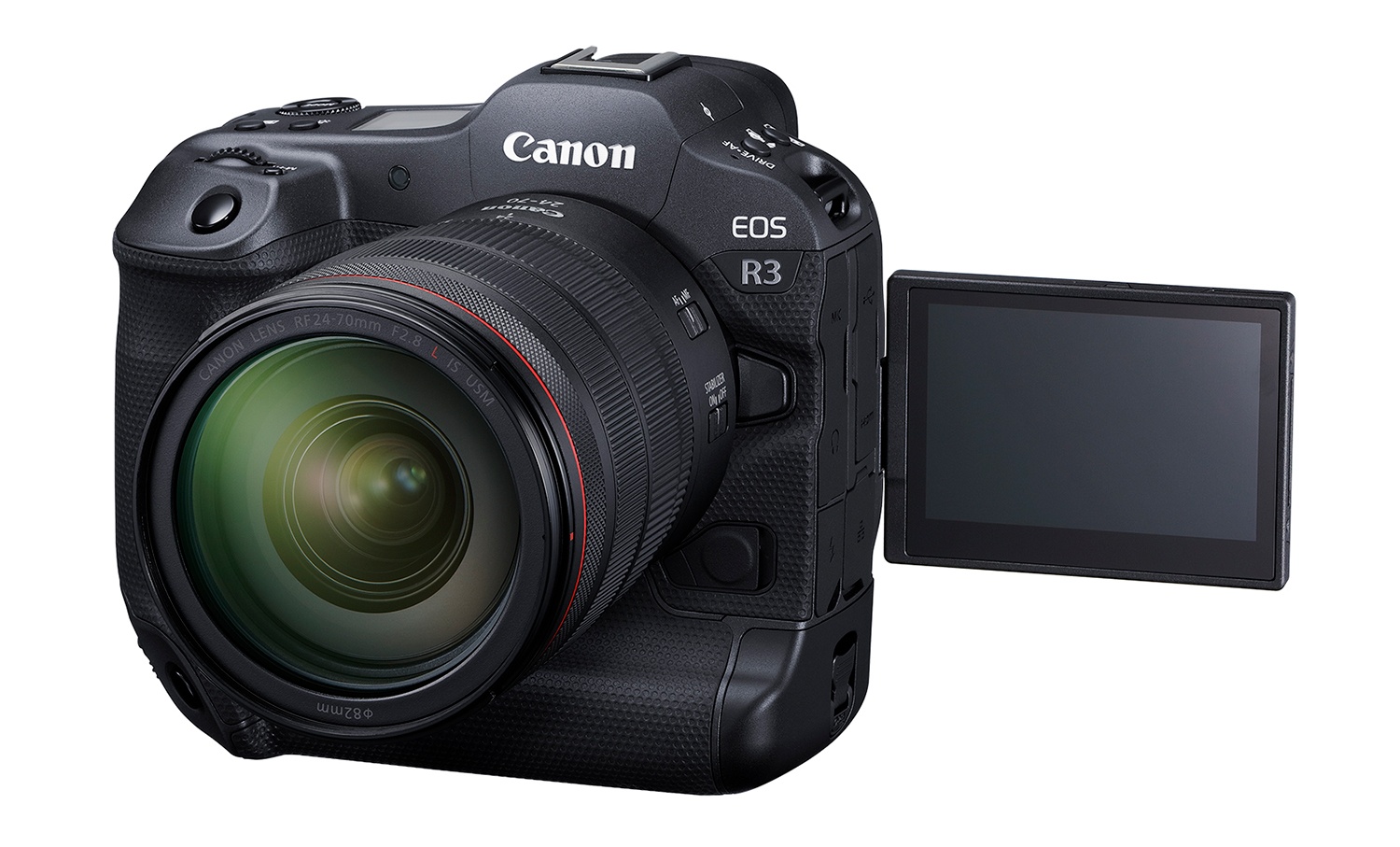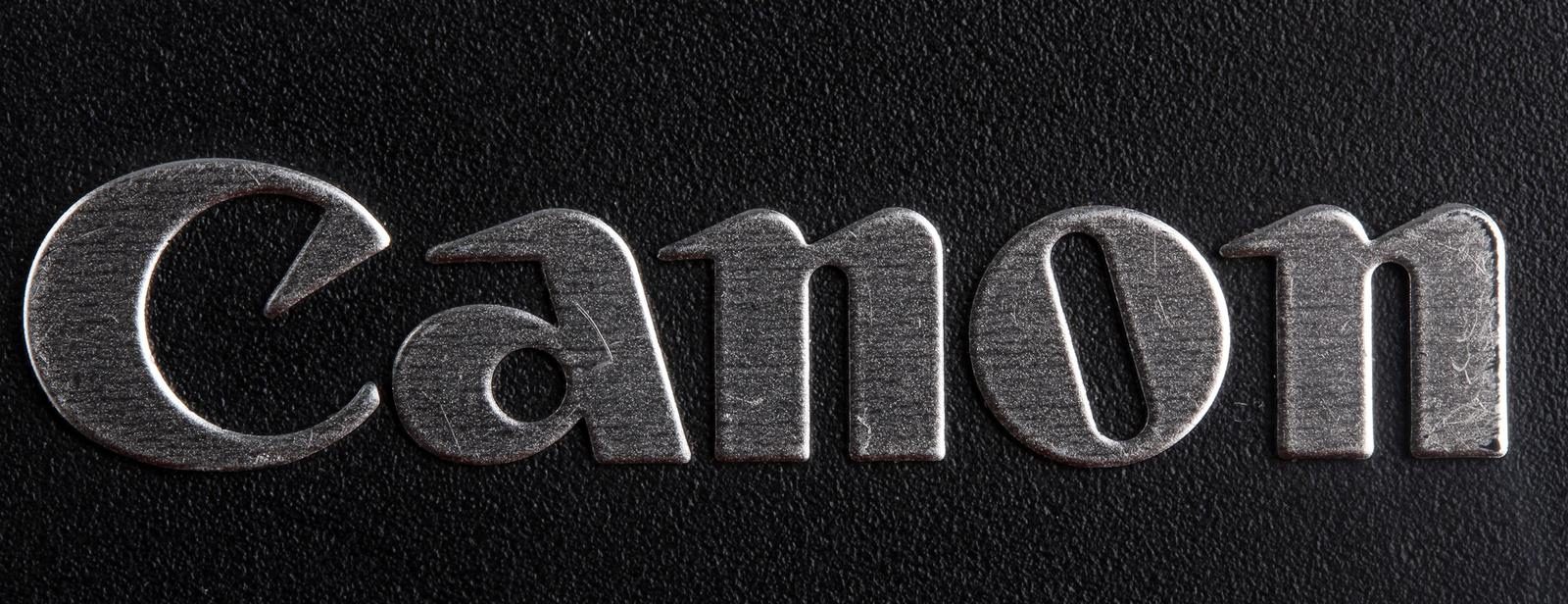Canon has released the LI5030SA, an imaging sensor for industrial and scientific applications, like microscopes,…
EOS 5D Mark III DxO-Marks – How are they done?
I will not enter the discussion about the recently published DxO-Marks of the EOS 5D Mark III. It’s a technical measure made from a purely engineering point of view, and while being a valid benchmark it doesn’t tell the whole story. Period. It’s not that I am no happy that Canon obtained the best DxO Mark of its history, I am more surprised about the difference with other cameras (ok: with the Nikon D800 :-)). However, for all of us who are interested to know how DxO Labs performs their measure, which lab-setting they are using etc, there is a “behind the scenes” article by cnet that’s worth to be read. It’s long and detailed, and gives valuable insights. I liked the following excerpt:
Most people aren’t surprised to hear that high-end digital cameras offer higher resolution, lower noise, and better low-light performance than film. But there’s a common belief that film still surpasses digital when it comes to another important attribute, dynamic range, which measures the spread from where a scene is too bright for a camera to capture detail to where it’s so dark that details are lost in the image noise.
Indeed, most people are surprised when they are told that digital cameras have higher resolution, lower noise and better low-light performance!
EOS 5D Mark III price-check: B&H Photo, Adorama, Amazon USA, Amazon Canada, Canon Canada, Canon USA [via imaging-resource]




